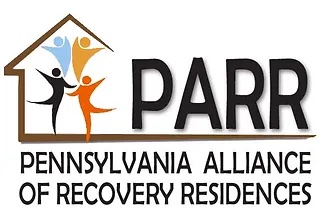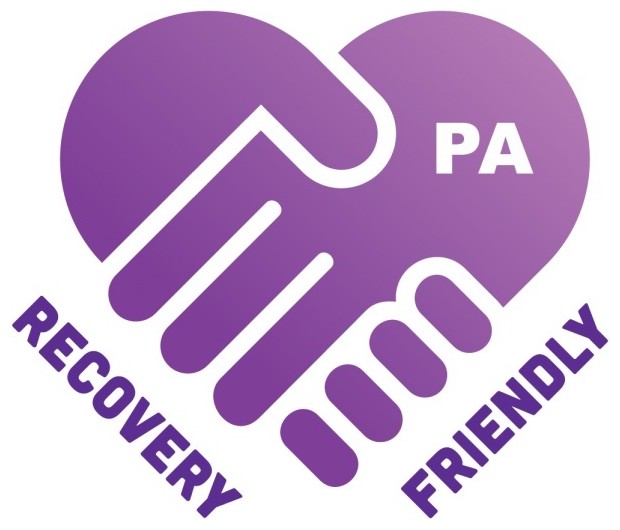What Is Trauma-Informed Care?
The Significance of Trauma-Informed Treatment: Empowering Recovery
In recent discourse, there’s been a notable emphasis on trauma-informed care, which revolves around acknowledging and respecting the experiences of individuals who have endured significant hardships. But what exactly makes this approach so crucial?
Choosing treatment is about providing individuals with the support and resources. Individuals need to navigate their healing journey with dignity and empowerment. It’s about fostering a collaborative and respectful environment that honors individuals’ experiences and promotes holistic recovery altogether.
By embracing these principles and components, providers can create a trauma-informed care environment. This promotes healing, fosters resilience, and supports individuals on their journey toward recovery and wellness. Overall, this type of care is not a one-size-fits-all approach. At PorchLight Recovery we believe it is a framework for promoting safety, empowerment, and healing in all aspects of service delivery.
Key-Components of Care
Here are some key principles and components of trauma-informed care:
- Safety: It prioritizes physical and emotional safety for individuals who have experienced trauma. This involves creating a physical environment that feels safe and welcoming. Safety ensures that interactions with staff are respectful, non-judgmental, and supportive.
- Trustworthiness and Transparency: Providers practicing trauma-informed treatment are open, honest, and transparent in their communication with clients. They strive to build trusting relationships based on mutual respect, collaboration, and honesty. This helps to create an atmosphere where individuals feel comfortable sharing their experiences and seeking support.
- Empowerment and Choice: Trauma-informed care recognizes the importance of empowering individuals to make choices and take control of their own recovery journey. Providers offer options and opportunities for individuals to participate in decisions about their care, treatment, and goals. Furthermore, this empowers them to reclaim a sense of agency and control in their lives.
- Collaboration and Partnership: Trauma-informed care involves collaborating with individuals to develop personalized treatment plans that address their unique needs, strengths, and goals. Providers work in partnership with clients, respecting their expertise and perspectives, and incorporating their input into the decision-making process.
- Cultural Humility and Responsiveness: Since trauma-informed care is culturally sensitive and responsive to the diversity of individuals. Responsiveness allows providers to recognize the impact of culture, ethnicity, race, gender, sexual orientation, and other factors on the experience of trauma and tailor their approach accordingly.
- Understanding of Trauma’s Impact: Acknowledges the pervasive and profound impact of trauma on individuals’ lives, including their physical health, mental health, relationships, and overall well-being. Providers seek to understand the ways in which trauma may manifest in behavior, emotions, and coping strategies. They respond with compassion, empathy, and understanding.
- Resilience and Strengths-Based Approach: Basically, trauma-informed care recognizes the resilience and strengths of individuals who have experienced trauma. Since providers focus on building upon client’s existing strengths and resources, this helps them tap into their inner resilience and capacity for healing and growth.










